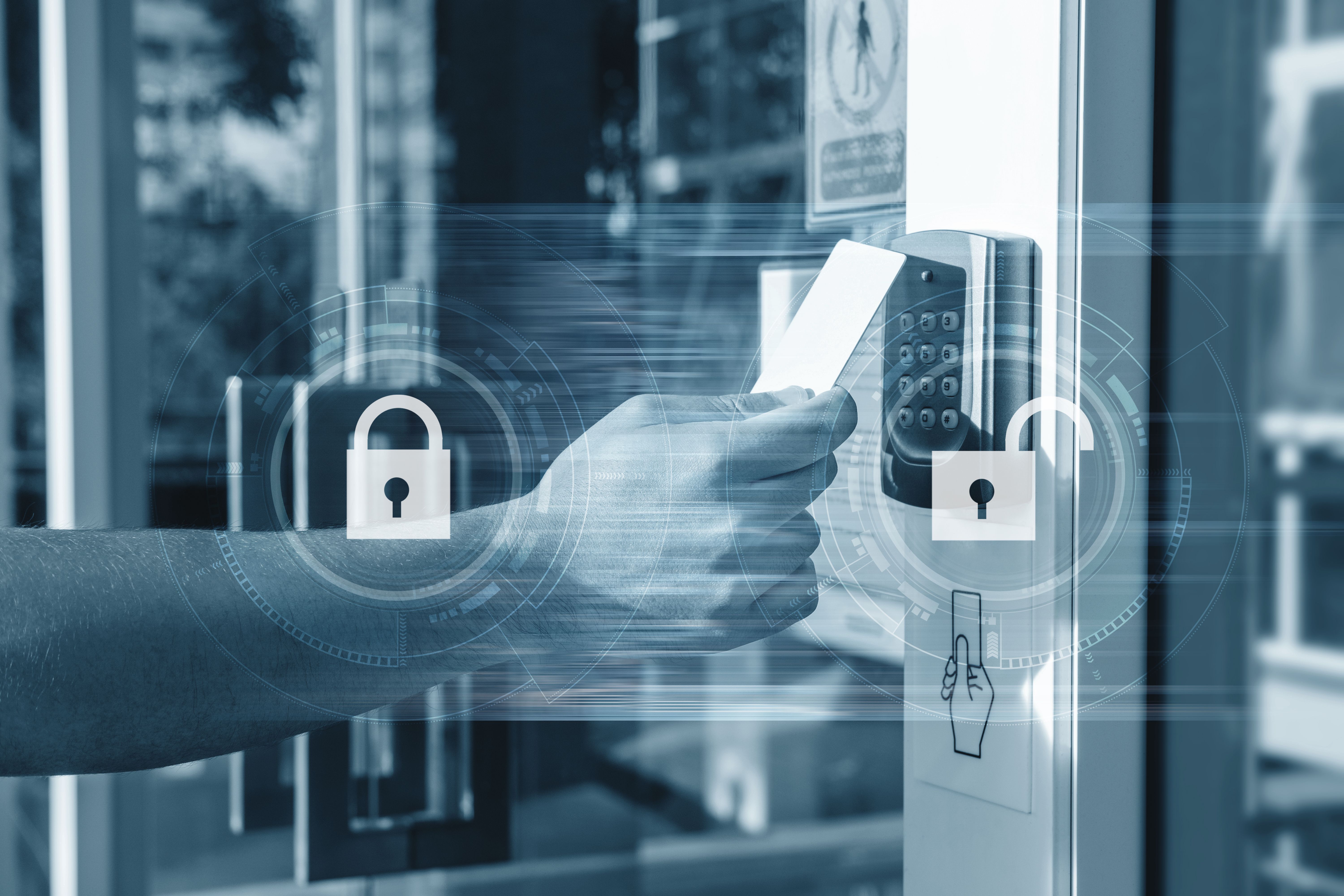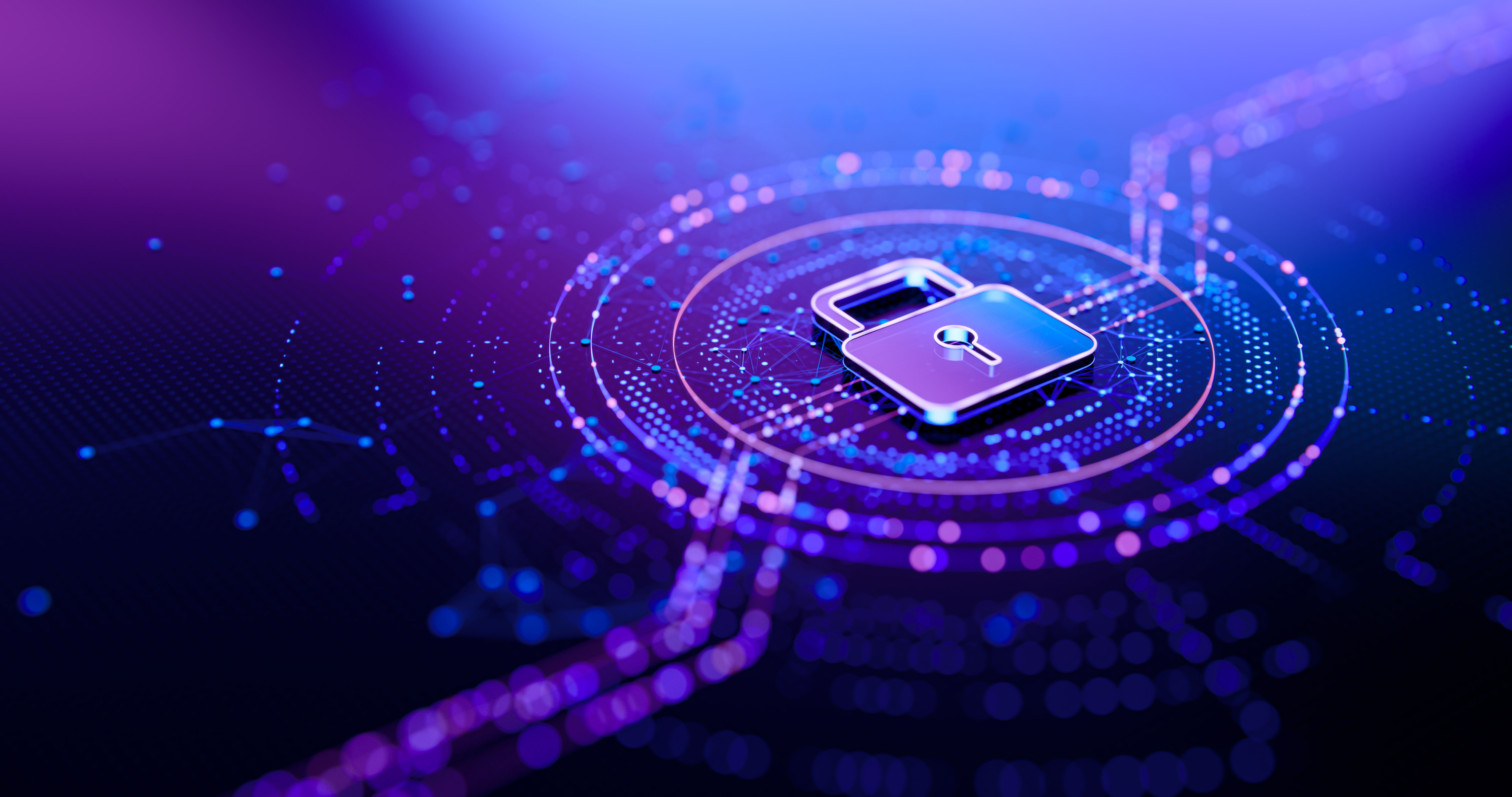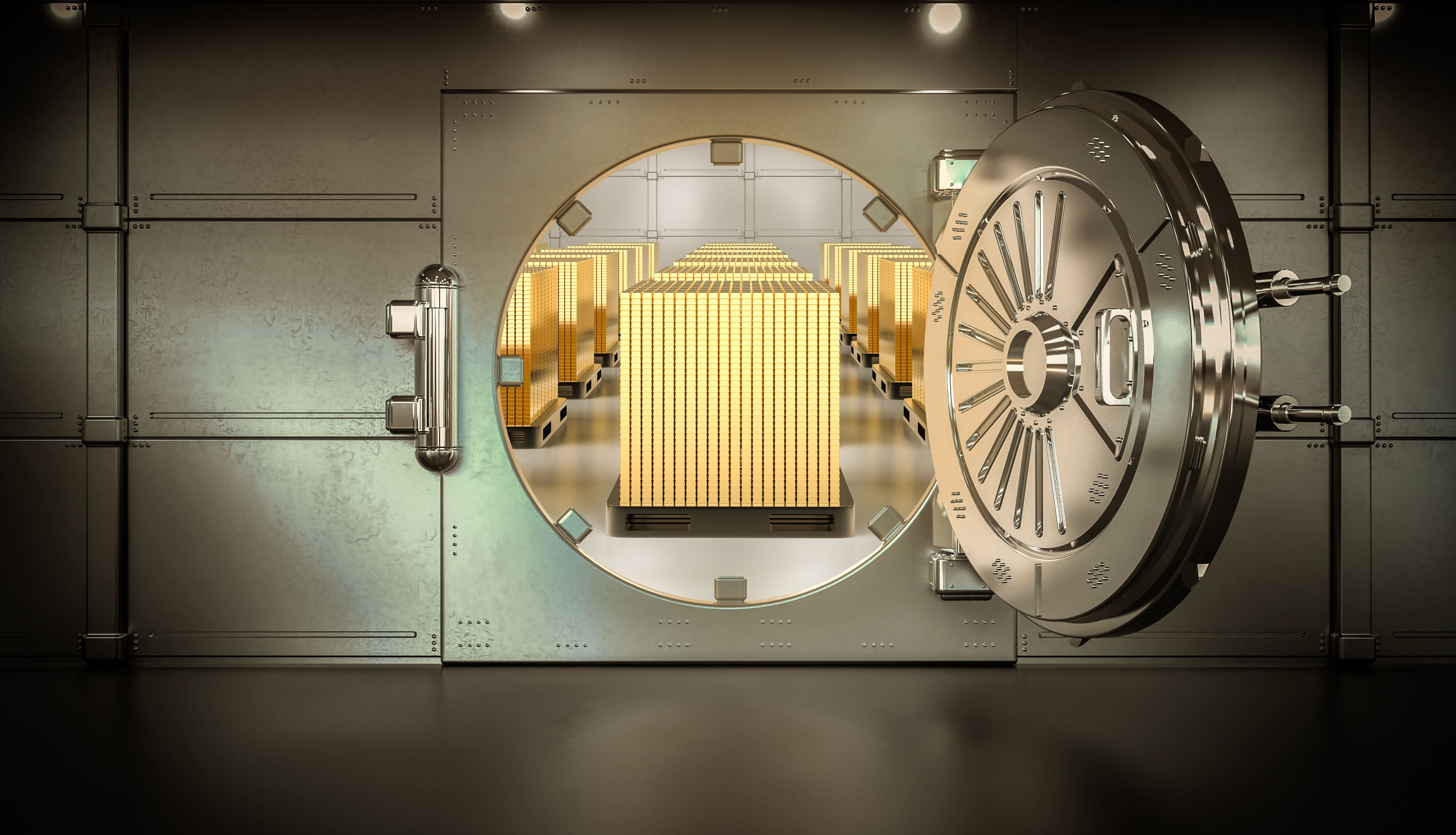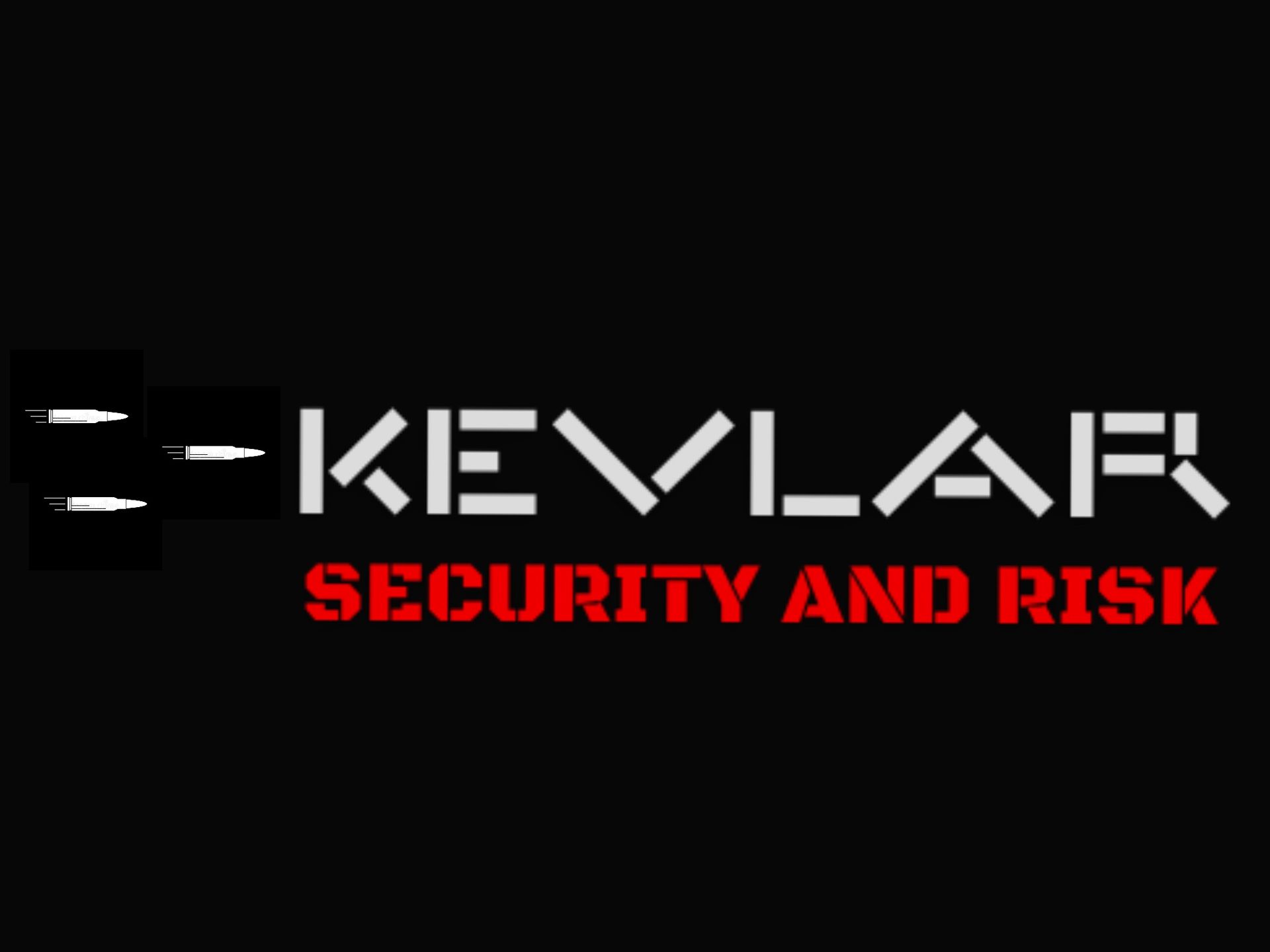Physical security and why does it matter
Understanding Physical Security
Physical security is a critical component of any comprehensive security strategy. It involves implementing measures to protect people, property, and assets from physical threats such as theft, vandalism, and natural disasters. The role of physical security must be taken as seriously as digital security. This is because physical security is the first layer of defence in protecting digital security.
Effective physical security requires a thorough understanding of your assets, facility layout, third-party facilities, crime patterns, and more. Moreover, there is a need for well-trained guards who understand what they are protecting and from whom (the threats and risks) for security to be well integrated.

Components of Physical Security
Physical security encompasses several layers of protection, each designed to deter, detect, and respond to unauthorized access or potential threats. These components include:
- Access Control: The implementation of devices to filter authorised and unauthorised personnel. The implementation of training for security guards to identify copy-cats and suspicious behaviours.
- Surveillance: Utilizing CCTV cameras and motion sensors to monitor activity and provide real-time alerts to security personnel. Also, it is advised the implement natural human beings patrolling the facility to identify suspicious activities.
- Security Personnel: Employing trained guards to oversee security measures and respond to incidents as they occur.
Each component plays a pivotal role in creating a secure environment. By integrating these elements, businesses can establish a robust defense against potential threats.
The Role of Technology in Physical Security
Advancements in technology have revolutionized the way we approach physical security. Modern systems are more sophisticated, offering enhanced capabilities such as facial recognition and remote monitoring. These technologies allow for improved accuracy in threat detection and faster response times.
Moreover, integrating technology with traditional security measures can provide a more comprehensive approach to safeguarding people and assets. For instance, smart locks and IoT devices can be used to automate access control, ensuring that facilities remain secure even when human oversight is limited.

The Human Factor
Whilst having a robust and state-of-the-art security system, it is in vain if there is a missing element of human beings. A security system must always be operated by humans. It is in vain to have a CCTV system if no one is monitoring in a control room. Many crimes have occurred because there was no one monitoring CCTV, hence CCTV was only serving as a deterrence; if there had been the presence of human monitoring, a swift response could have been made and eliminated the crime in facilities.
Having said that, technology alone can never be your sole security provider; the integration with well-trained guards will always be your best combination.
Protecting Assets
Beyond protecting people, physical security is crucial for safeguarding assets. This includes everything from valuable machinery and inventory to sensitive data stored within company premises. The loss or damage of these assets can have a significant impact on an organization's operations, reputation and financial stability.
Implementing robust and tailored security measures ensures that businesses can continue operating without fear of unforeseen disruptions due to theft or damage. It also fosters trust among clients and partners who rely on the organization's ability to protect their interests.

A Proactive Approach
An effective physical security strategy is proactive rather than reactive. Regular risk and security assessments can help identify potential vulnerabilities before they are exploited. By staying ahead of potential threats, organizations can adapt their security measures as needed, ensuring ongoing protection.
Ultimately, investing in physical security is an investment in the safety and success of an organization. Whether it's protecting people, property, or data, the importance of a comprehensive physical security strategy cannot be overstated.
